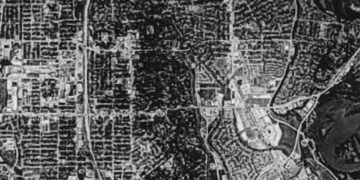(Reading time: ~35 minutes)
The salmon were three-feet long, pink and green and cardboard, and a dozen of them danced above the crowd. Hundreds of people were gathered at the steps of the Oregon Capitol Building to protest the Jordan Cove Energy Project — a 229-mile natural gas pipeline that would stretch across southwest Oregon and a marine export terminal that would sit on the southern Oregon coast in Coos Bay. If approved, the estimated $10-billion project would cut through waterways, wetlands, sacred tribal sites, private property, delicate ecosystems, and the habitats of endangered species before arriving at the proposed Coos Bay terminal. There, fracked natural gas would be cooled to -260 degrees Fahrenheit and loaded onto shipping vessels which would exit through the narrow channel of the bay.
On this sunny November day in 2019, the crowd consisted of landowners and tribal members, environmentalists and climate justice activists, fishermen and parents with kids sitting on their shoulders to better see the speakers. They held up signs that read “Stop Jordan Cove,” “Keep it in the Ground,” and “Water is Life.” Some of them have been fighting this energy project for over a decade.
Ready to dive into the story?
Support quality journalism and purchase a credit to read this entire article.





